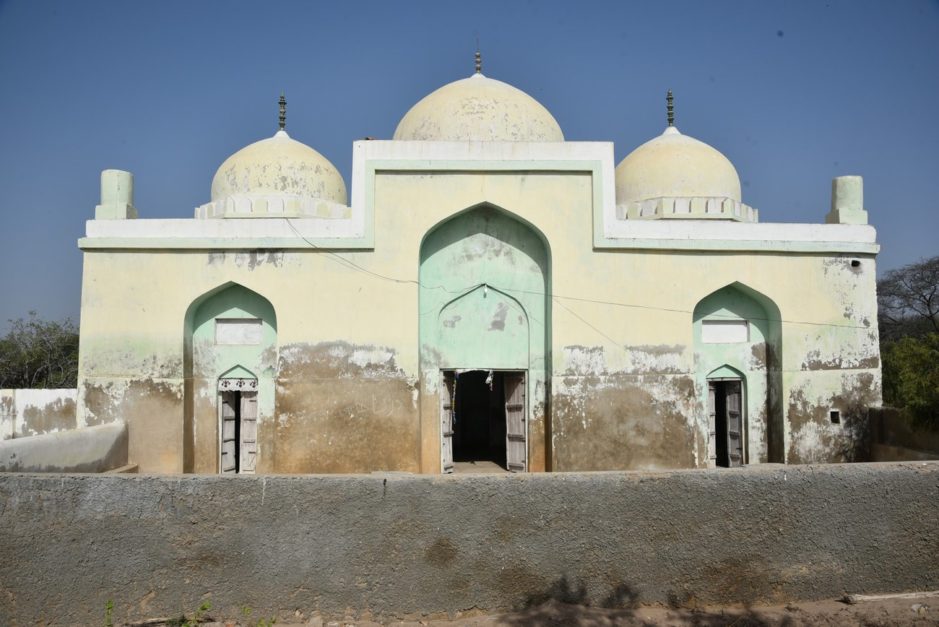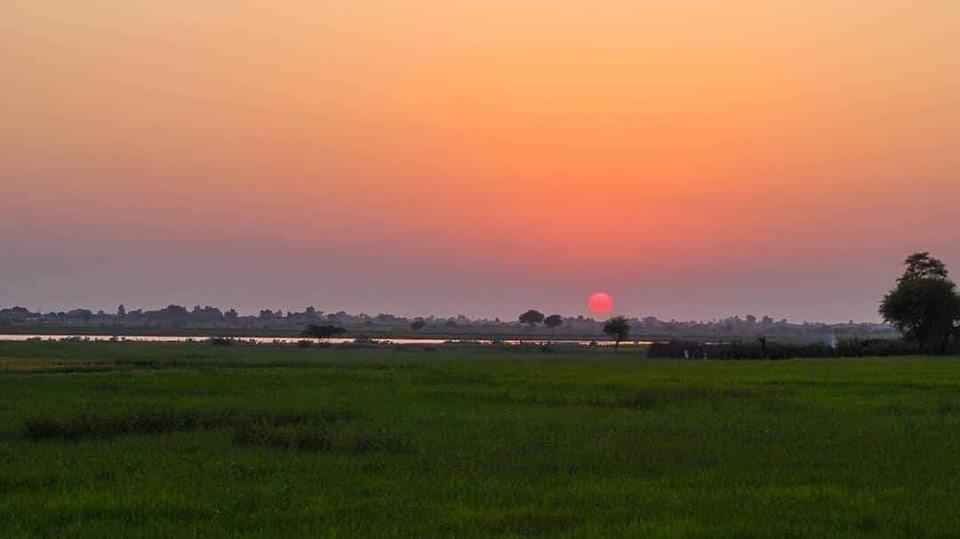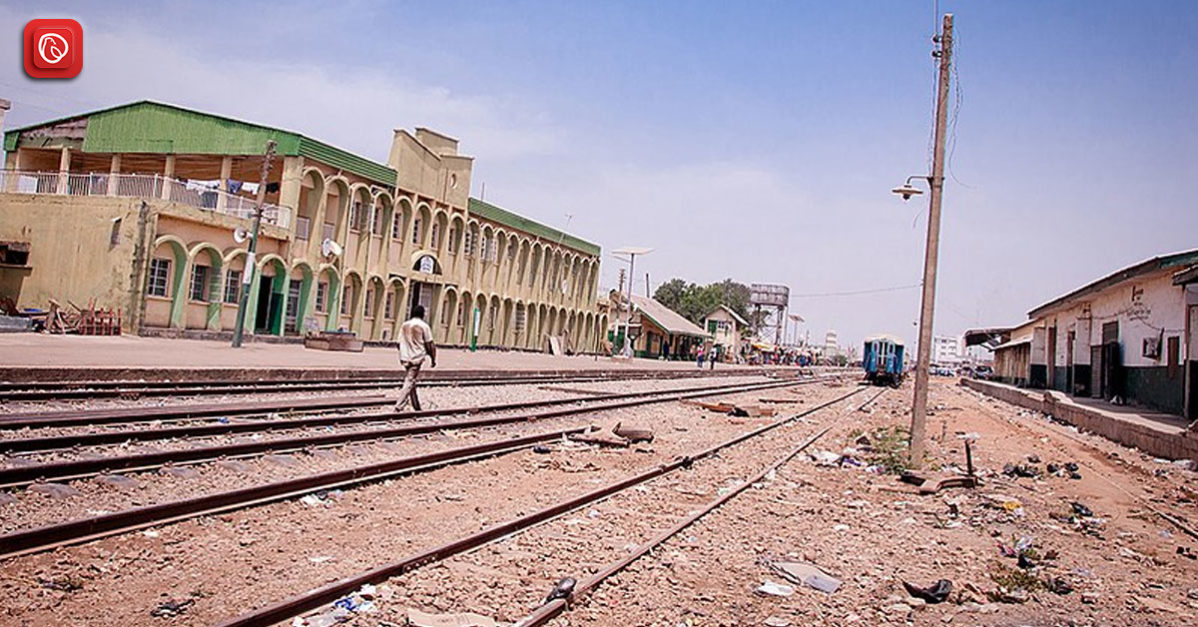Talhar is a town in the Badin District of Sindh, Pakistan, known for its agrarian economy and rich cultural heritage. Situated about 200 kilometres east of Karachi and near the fertile plains of the Indus River delta, Talhar thrives on agriculture, primarily cultivating rice, sugarcane, and various vegetables.
The town’s population predominantly consists of ethnic Sindhis, with Sindhi being the main language spoken. Despite its agricultural potential, Talhar faces challenges such as water scarcity, limited access to advanced healthcare and education, and underdeveloped infrastructure.
Nevertheless, ongoing efforts to enhance irrigation, improve public services, and foster economic growth aim to better the living conditions and sustain the vibrant community life of Talhar.
In this blog, Graana.com has discussed everything you need to know about Talhar in detail, including economy, culture, demographics and more.
Geographical Location
Talhar has a strategic location in the southern part of Sindh province, Pakistan, within the Badin District. It lies approximately 200 kilometres east of Karachi, the largest city in Pakistan, providing a somewhat accessible route for trade and communication. The town’s location is significant due to its proximity to the Arabian Sea, which influences its climate and agriculture.
The Indus River, one of the major rivers in Pakistan, flows not too far from this region, contributing to the area’s agrarian lifestyle. Talhar’s geographical coordinates position it within a region characterised by flat plains and fertile soil, making it suitable for extensive farming activities, which are the backbone of its local economy.
The town’s geographical setting places it within a network of rural communities that share similar cultural and economic characteristics. This location within the fertile Indus River delta allows for diverse agricultural practices, including the cultivation of rice, sugarcane, and various vegetables.
The accessibility to the Arabian Sea also opens up opportunities for fishing and related activities, although this is not as dominant as farming. The surrounding landscape, primarily composed of flat plains with occasional patches of arid land, shapes the living conditions and lifestyle of Talhar’s inhabitants, fostering a close-knit community largely dependent on agriculture and local trade.
Economy
The economy of Talhar is predominantly agrarian, with agriculture serving as the primary source of income and employment for its residents. The fertile plains of the Indus River Delta provide an ideal environment for cultivating a variety of crops. Rice and sugarcane are the major crops that people grow in the region. They benefit from the favourable soil and irrigation practices.
In addition to these staple crops, farmers in Talhar also grow vegetables and fruits, which are sold in local markets and contribute to the town’s sustenance and economy. Livestock farming is another significant aspect of the local economy, with many households raising cattle, goats, and poultry to supplement their income and food supply.
Despite its agricultural richness, Talhar faces several economic challenges. Limited access to advanced farming technology and practices hinders productivity and efficiency. The region also suffers from inadequate infrastructure, including poor road connectivity, which affects the transportation of goods to larger markets. Additionally, water scarcity and irregular rainfall pose significant risks to crop yields.
To address these challenges, there have been efforts to improve irrigation systems and provide farmers with better resources and training. However, much work remains to be done to fully harness the agricultural potential of Talhar and ensure sustainable economic growth for its residents.
Culture and Demographics
Talhar is a vibrant town with the rich cultural traditions of Sindh. The majority of its population comprises ethnic Sindhis and the Sindhi language is predominantly spoken, reflecting the region’s deep-rooted cultural identity. The town’s cultural fabric is woven with traditional Sindhi music, dance, and folklore, which are integral to local festivals and daily life.
The people of Talhar celebrate numerous cultural and religious festivals with enthusiasm, including Eid, Diwali, and local harvest festivals. These events are marked by communal gatherings, traditional music, dance, and feasts, showcasing the town’s rich cultural heritage and strong community bonds.
The demographics of Talhar reflect a predominantly rural population with a strong sense of community and tradition. The town has a mix of various ethnic groups and religions, contributing to a diverse social landscape. While Sindhis form the majority, there are also communities of Baloch, Punjabis, and others, each adding to the town’s cultural diversity.
The population is generally young, with a significant portion engaged in agriculture and related activities. Education and healthcare services are available, though often basic, and there is an ongoing need for improved facilities to support the growing population. Despite these challenges, the people of Talhar maintain a resilient and vibrant community life, deeply connected to their cultural roots and agricultural way of life.
Infrastructure and Development
Talhar’s infrastructure, though fundamental, is gradually developing to meet the needs of its growing population. The town has a network of primary and secondary schools that provide basic education, but higher education opportunities remain limited, often requiring students to travel to larger cities.
Healthcare facilities in Talhar include basic clinics and a small hospital, catering to common medical needs. However, for specialised and advanced medical treatments, residents typically need to seek services in urban centres like Karachi or Hyderabad. The town has a connection by a network of roads, though many are in need of repair and development, affecting the efficient transportation of goods and people.
In recent years, there have been efforts to improve Talhar’s infrastructure and promote sustainable development. Initiatives to enhance agricultural productivity include the introduction of better irrigation techniques and access to modern farming equipment.
Additionally, projects aimed at improving water supply and sanitation are underway to address the challenges posed by water scarcity and quality. Efforts to upgrade educational and healthcare facilities are also part of the development agenda, focusing on providing better resources and training for local professionals.
These improvements are crucial for fostering economic growth and enhancing the quality of life for Talhar’s residents, ensuring that the town can thrive while preserving its cultural and agricultural heritage.
Climate
Talhar experiences a predominantly arid climate, characterised by hot summers and mild winters. During the summer months, temperatures can soar above 40 degrees Celsius (104 degrees Fahrenheit), creating challenging conditions for both residents and agriculture.
The high heat and dry conditions often lead to water scarcity, making efficient irrigation crucial for sustaining crop production. Winters, on the other hand, are relatively mild, with temperatures ranging from 10 to 25 degrees Celsius (50 to 77 degrees Fahrenheit), providing a more comfortable living environment. The town also experiences a monsoon season, typically from July to September, which brings much-needed rainfall to the region.
The monsoon rains, although vital for replenishing water supplies and supporting agriculture, can be unpredictable and sometimes insufficient. This variability in rainfall patterns poses a significant challenge for the agrarian economy of Talhar, leading to fluctuations in crop yields.
Additionally, the region occasionally faces extreme weather events such as dust storms and heat waves, which can further impact agricultural productivity and living conditions. Despite these climatic challenges, the resilience of Talhar’s community and ongoing efforts to improve water management and agricultural practices help mitigate some of the adverse effects, ensuring the sustainability of the town’s primary economic activities.
Nearby Places
The following are some of the nearby places in Talhar.
Badin

Located approximately 30 kilometres south of Talhar, Badin is the administrative centre of the Badin District. Known for its historical and cultural significance, Badin is a hub of agricultural activity, much like Talhar, with rice, sugarcane, and cotton being the main crops.
The city hosts several educational institutions, healthcare facilities, and markets that cater to the surrounding rural areas. Badin’s rich history is reflected in its archaeological sites and historical monuments, offering a glimpse into the region’s past. The city’s development initiatives often serve as a model for neighbouring towns like Talhar.
Matli
Situated around 40 kilometres north of Talhar, Matli is another prominent town in the Badin District. It serves as a vital commercial and agricultural centre, with a bustling market that attracts traders and farmers from nearby areas.
Matli is well-known for its rice mills and sugarcane processing units, which play a crucial role in the local economy. The town also boasts a range of educational and healthcare facilities, making it an important service provider for the region. Its cultural landscape is enriched by local festivals and traditional Sindhi music and dance.
Tando Bago

About 50 kilometres southeast of Talhar, Tando Bago is a small town with a predominantly agricultural economy. The town is famous for its lush green fields and extensive irrigation systems, which support the cultivation of various crops, including wheat, rice, and vegetables.
Tando Bago also has a rich cultural heritage, with local festivals and religious events that draw participants from the surrounding areas. The town’s infrastructure includes basic educational institutions and healthcare facilities, though it continues to face challenges in terms of development and modernization.
Golarchi (Shaheed Fazil Rahu)
Located around 60 kilometres south of Talhar, Golarchi, also known as Shaheed Fazil Rahu, is an important agricultural town in the Badin District. It has its name after a prominent political figure and has a significant place in the local political landscape.
The town is a major producer of rice, contributing substantially to the district’s overall agricultural output. Golarchi is also famous for its vibrant bazaars and marketplaces, where local produce is traded. The town has several schools and healthcare centres, providing essential services to its residents and those from neighbouring villages.
Jhudo
Approximately 70 kilometres northeast of Talhar, Jhudo is a town famous for its agricultural activities and traditional way of life. The town’s economy is heavily reliant on farming, with major crops including rice, wheat, and sugarcane. Jhuddo’s cultural life is rich with Sindhi traditions.
The community frequently comes together to celebrate various local festivals and events. The town has basic infrastructure in terms of education and healthcare. However, like many rural areas in Sindh, it faces challenges such as water scarcity and limited access to advanced services. Efforts are ongoing to improve the living conditions and economic prospects of Jhuddo’s residents.
For more related information, visit Graana Blog.




